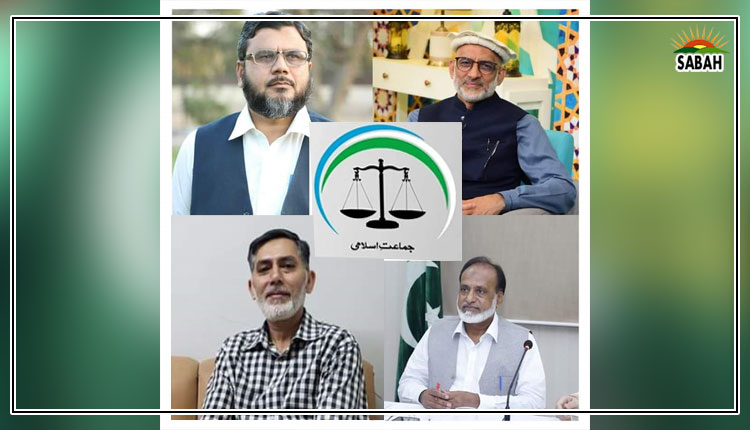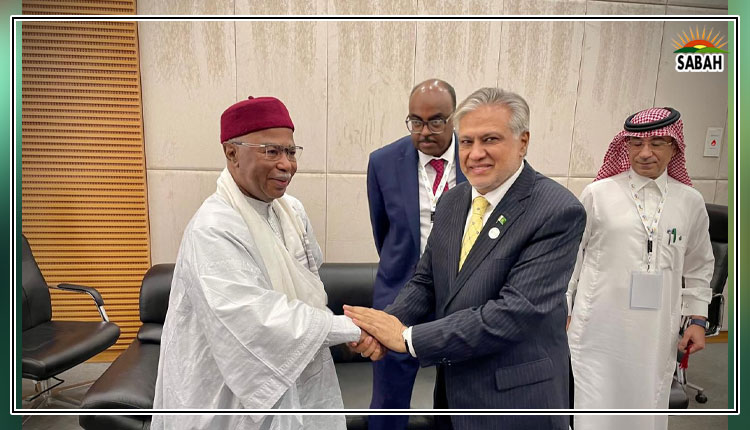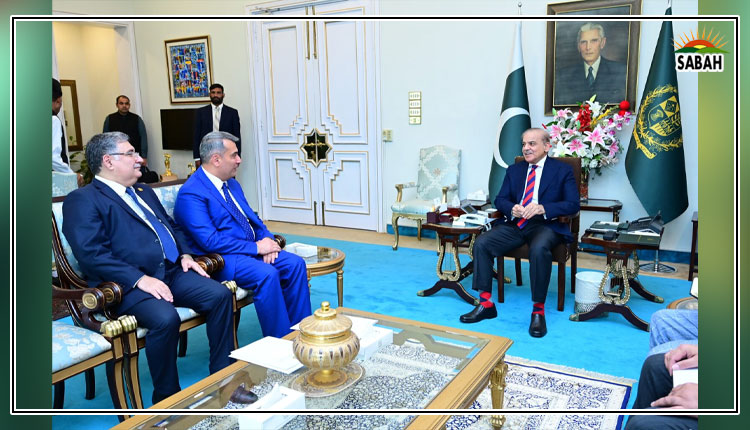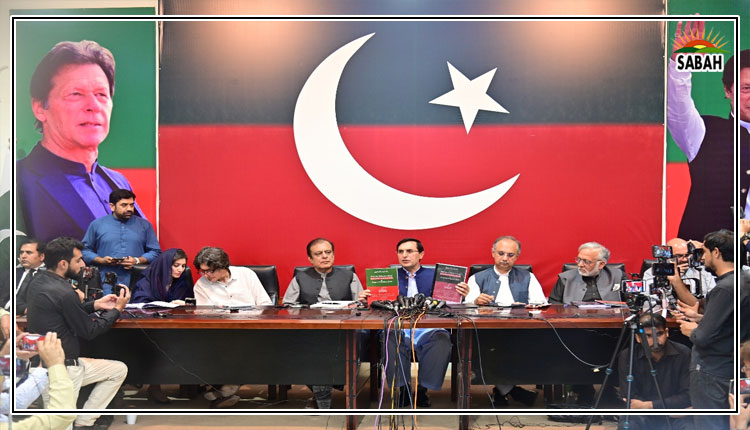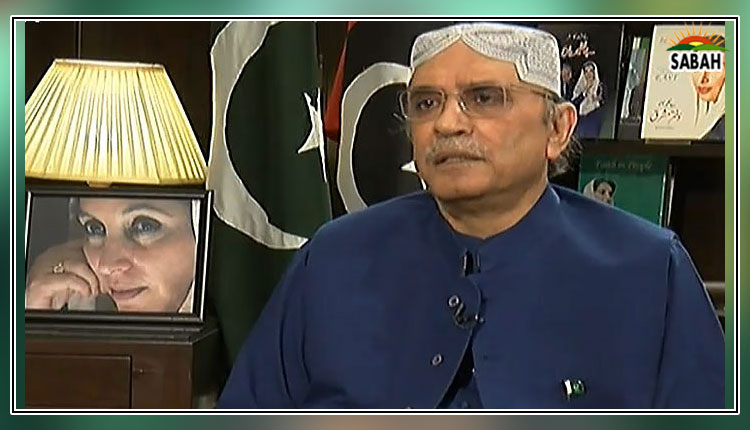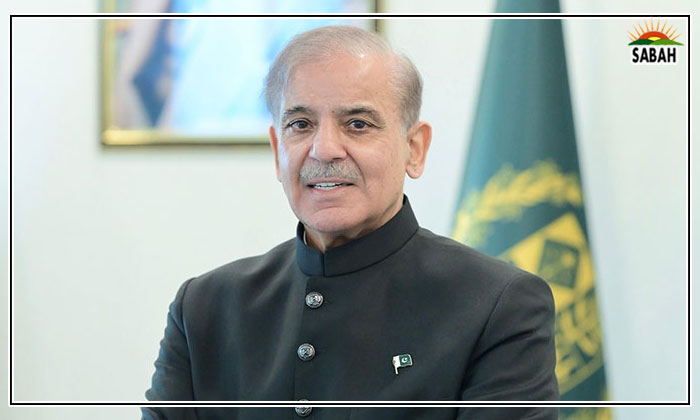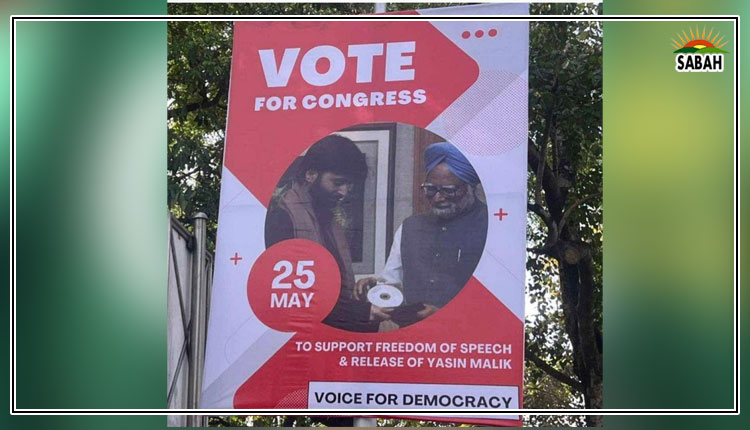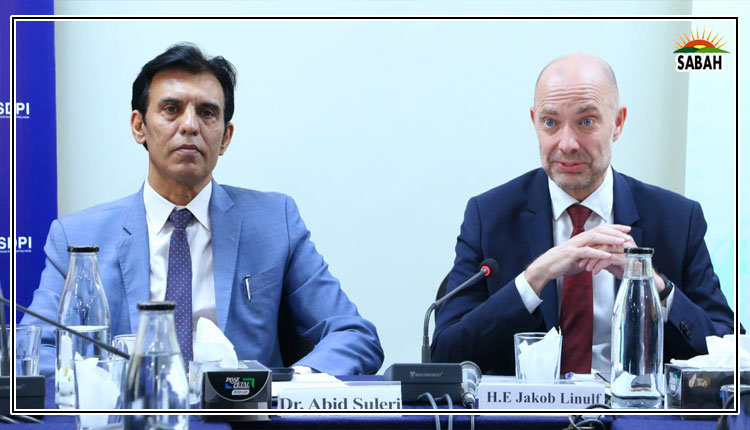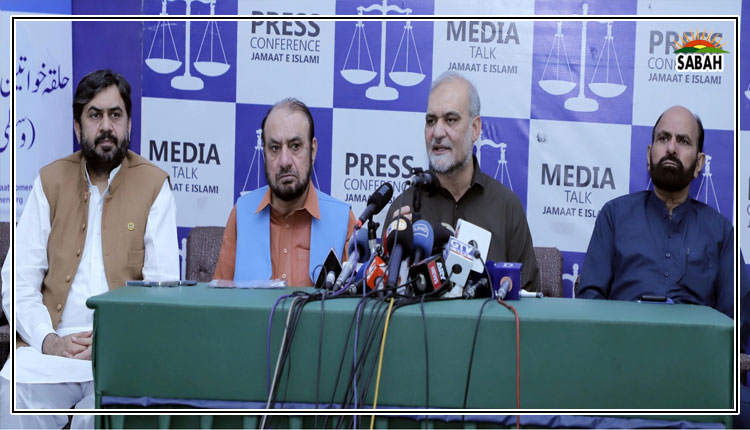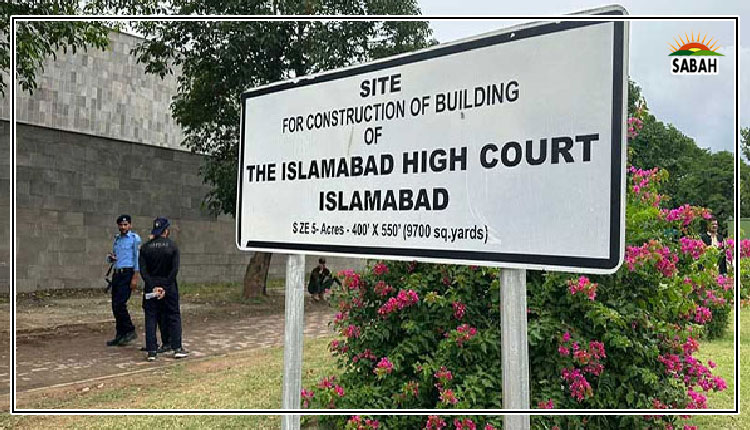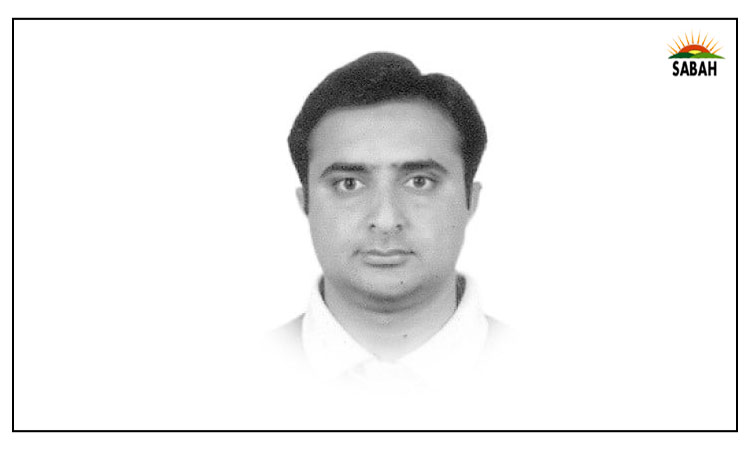North-South divide and decision-making in India … Dr Khurram Abbas
Existing world order comprises two types of states: developed states and developing states, generally referred as global North and global South. This divide is primarily based on indicators such socio-economic development and varied political ideologies. Based on the socio-economic and political disparities, India could also be viewed from the lens of North-South divide.
India’s North-South divide is primarily based on the socio-economic indicators. North’s literacy rate is 20% less than South’s. Similarly, South outshines North in all Human Development Index (HDI) indicators such as infrastructure development, quality of educational and vocational institutions, facilities of medical colleges and IT institutions, healthcare, etc. This has an impact on the mindset of the general public too.
Unlike populist narrative in the North, South has consistently resisted against Hindutva ideology. This is evident from 2019 Lok Sabha elections, where BJP could not win a single Lok Sabha seat in Kerala and Tamil Nadu, while in Andhra Pradesh and Telangana it could win only 1 out of 25 seats and 4 out of 17 seats, respectively. Liberal and democratic values in South are stronger than in North.
Contrary to aforementioned data, the political and strategic culture of India is dominated by North. The strategic decision-making culture has also been affected due to this North-South divide. The top leadership of armed forces comes from Punjab, Haryana, Maharashtra, Uttarakhand and Uttar Pradesh. On political side, majority of strong and famous politicians have also emerged from Madhaya Pradesh, Gujarat and Uttar Pradesh.
The North-South divide directly impacts New Delhi’s foreign policy, especially towards its western and northern neighbourhood. In foreign policy, the South is not concerned about Sino-India tensions or Pakistan-India conflicts. This is why the North is politically influenced by BJP’s ultra-nationalist politics. The South does not get impressed with BJP’s anti-Pakistan or anti-China agenda, but is concerned about socio-economic interests.
There is a serious realisation of this reality in Indian political and strategic culture. This is why when Modi threatens Pakistan to divert Ravi River flow, he chooses Bhatinda but avoids similar rhetoric in Chennai or Goa. Likewise, when Modi wants to highlight Pakistan’s economic meltdown, he chooses Bihar, which is the most impoverished state of India with lack of infrastructure and very high levels of poverty but is a key electoral battleground. Similarly, the temple politics can work in Uttar Pradesh, Madhaya Pradesh, Bihar and Maharashtra, but does not work in Tamil Nadu, Karnataka and Telangana. This is why the speeches of BJP leaders largely revolve around important local issues of South such as agri sector development, employment opportunities and industrial sector growth.
Being the world’s most populous country and the seventh largest in terms of size, India has a temperament where no socio-economic issue in recent history has been able to convert into a national issue. What affects people of Haryana may not necessarily affect Kanyakumari’s public. Hence, the political parties of India, especially Congress and BJP, despite having global ambitions, are compelled to think and act locally. Divorce from local issues could prove fatal, as happened in case of Congress, which remained stuck to Nehruvian idealism, while BJP made inroads in larger parts of North.
To conclude, India is politically, economically, linguistically and culturally a diversified country, with North-South divide being a prominent feature of its political and strategic culture. While political and strategic culture in North is more concentrated around the foreign policy, defence, communal politics and national security issues, the politics in South predominantly revolves around industrial development, IT infrastructure and improved socio-economic indicators. Overall, this North-South divide influences political and economic dynamics and decision-making processes of India.
Courtesy The Express Tribune, April 20th, 2024.


